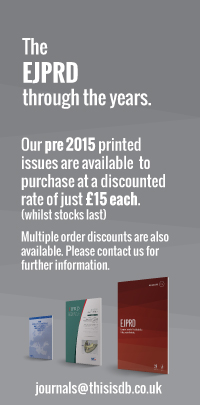- Page Start
- Page End
- D.O.I.
Authors
- Didsakul Pewhom
- Pongsakorn Apinsathanon
- Najarin Na Nan
- Pheeradej Na Nan
- Palawat Laoharungpisit
- Napapa Aimjirakul

